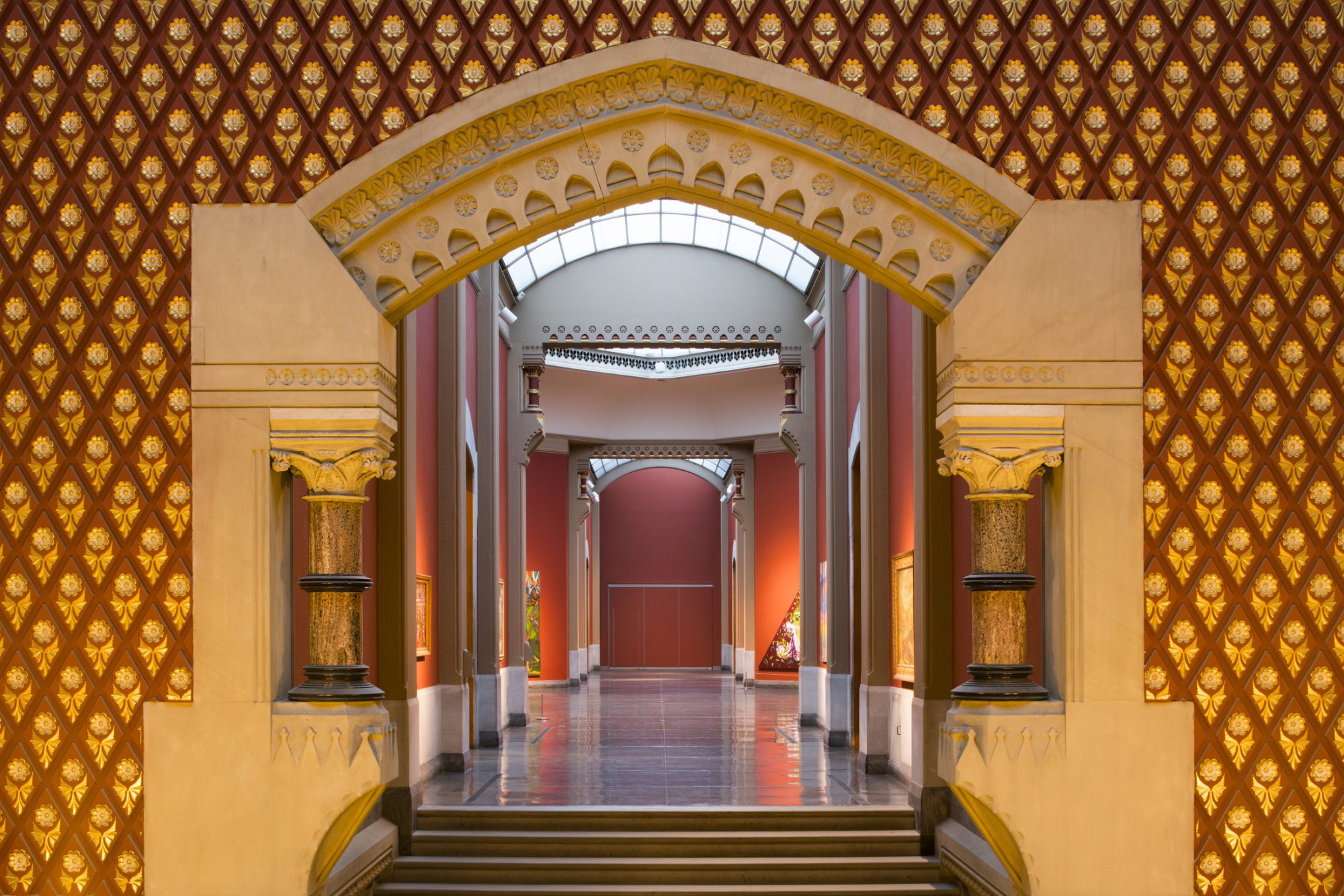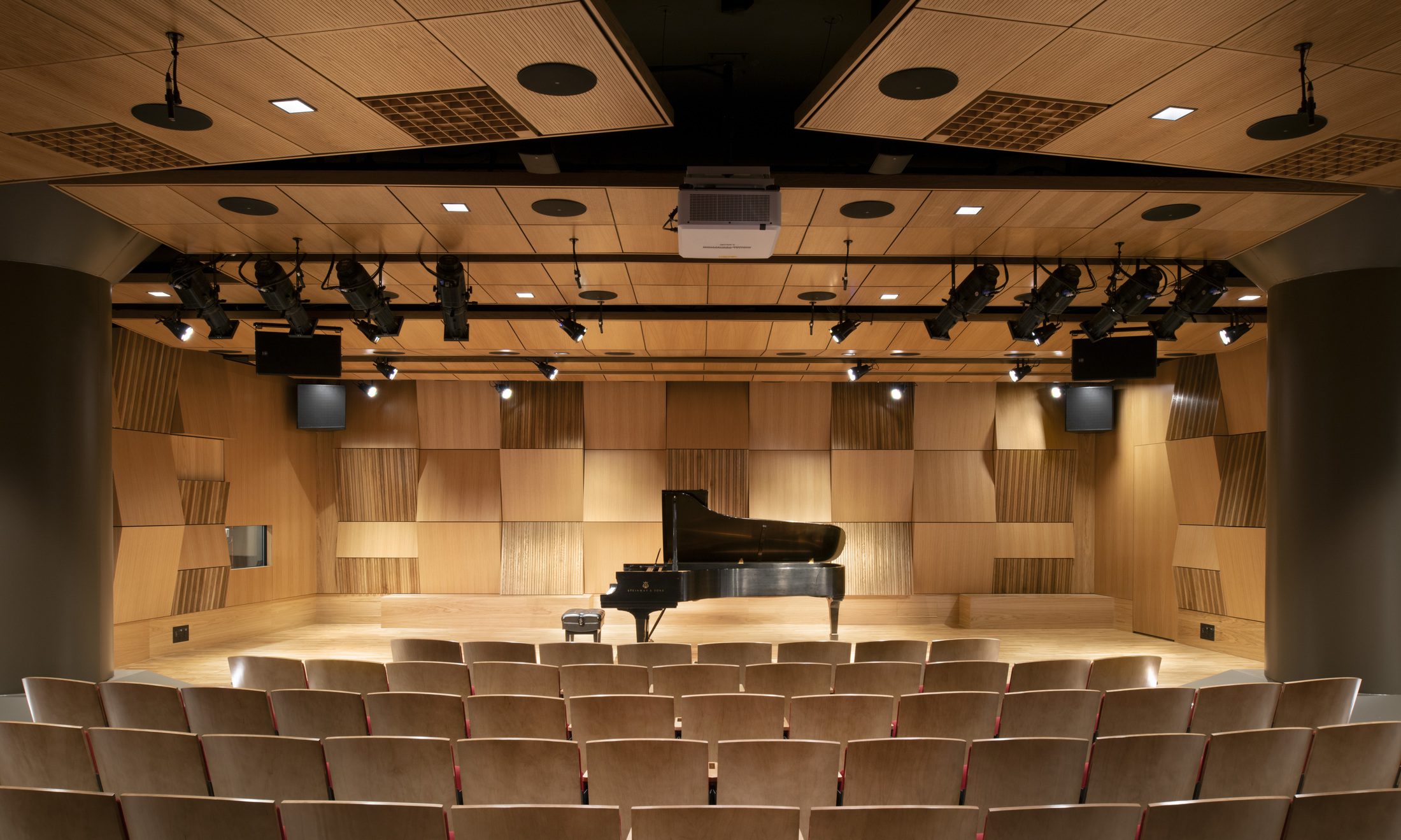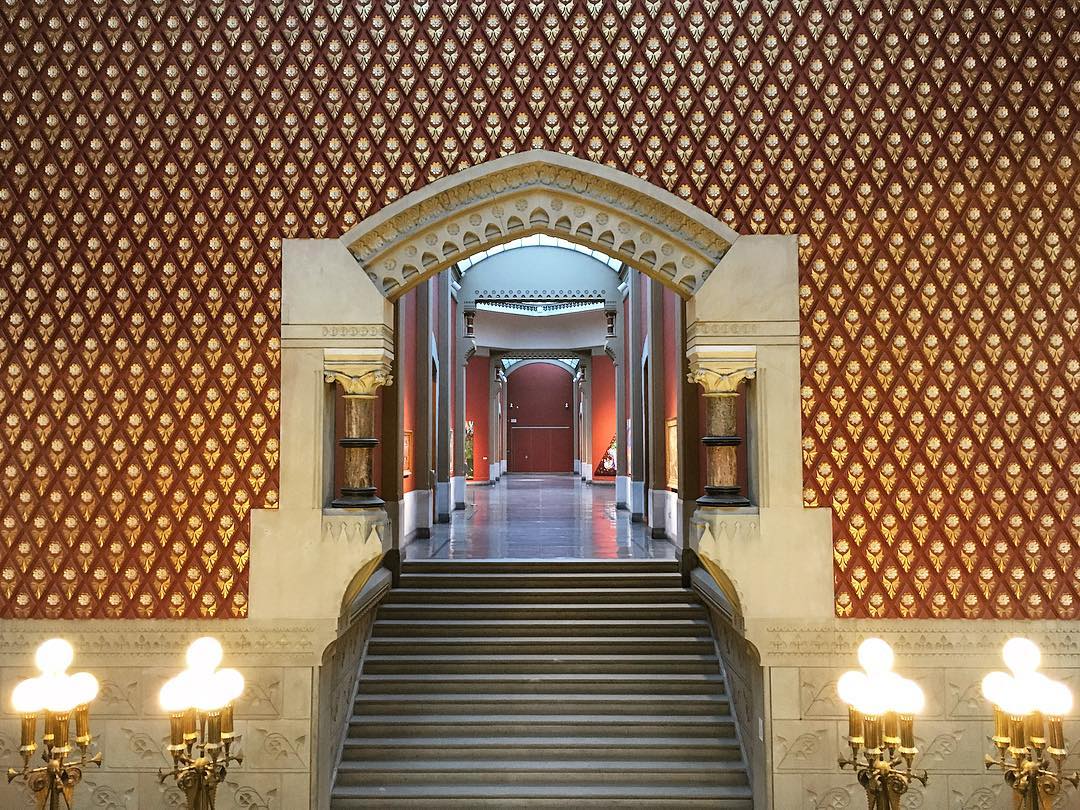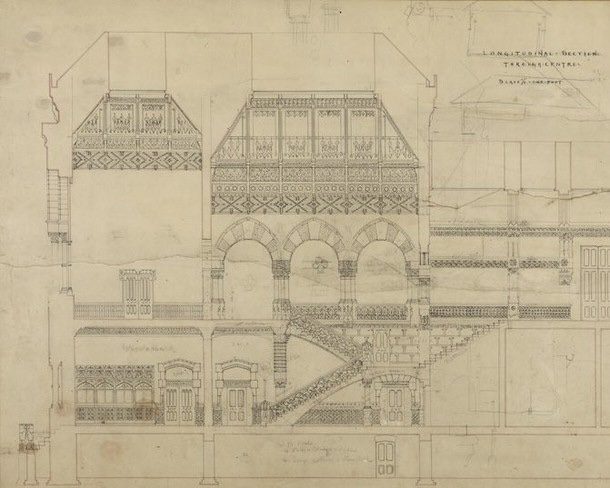Funen, Denmark
Egeskov Castle
This floating castle appears to be from an enchanted fable, but in actuality it is Europe's best preserved Renaissance water castle.

Photo Credit: Kevin G Reeves / DLR Group

Photo Credit: Kevin G Reeves / DLR Group

Photo Credit: Kevin G Reeves / DLR Group

Photo Credit: Kevin G Reeves / DLR Group

Photo Credit: Accidentally Wes Anderson

Photo Credit: Jason Chan-Lentz

Photo Credit: PAFA Museum

Photo Credit: PAFA Museum

Photo Credit: Samantha Choy

Photo Credit: Tim McBride
Partner

A truly surprising sight awaited visitors of the Pennsylvania Academy of the Fine Arts in the mid-1800s: female students. Before the founding of PAFA, women had few opportunities for professional art training in the United States. Even more progressive than Europe at the time, PAFA was the earliest school to allow women to study in classes, and they continued to raise the stakes toward equality across the board.
By 1860, female students could take anatomy courses, though they were forced to draw from antique sculptures of the human form. Even when the school finally allowed women to study live subjects, the male models were required to wear a loincloth. This went on for 6 years as leadership debated whether or not it was appropriate for women to view the male form in full nude when finally, in another bold move toward equality, the loin cloth was removed.
The late 1800s brought about the breaking of additional boundaries by PAFA with the hiring of their first full-time female professor, Cecilia Beaux. An accomplished artist in her own right, Beaux studied for many years in France and, upon her return to America, became one of the most sought-after portraitists in Philadelphia and New York. The inconsistencies in how male artists were treated compared to women was not lost on Beaux, regardless of her success. Beaux once expressed her hope that the time drew near “when the term ‘Women in Art’ will be as strange-sounding a topic as ‘Men in Art’ would be now.”
The memory of Cecilia Beaux lives on as many of her pieces can be seen at PAFA’s museum at the National Historic Landmark Building. Designed by famed Philadelphia architects, Frank Furness and George Hewitt, it was the first structure in the United States specifically designed for fine arts instruction and exhibition. When the building went through recent renovations, DLR Group ensured the *historic structure was preserved so that countless students—both men and women in art—could continue to pursue their artistic dreams free of restrictions.

Old structures don’t have to be an eyesore – in fact, they should be viewed as the wise elders of the cityscape standing proudly amidst the hustle and bustle, like grand storytellers whispering tales of bygone eras. Consider this movement a rebellion against the wrecking ball. It’s a recognition that remnants of the past play a particularly important role in contributing to a sense of community, cultural identity, and understanding history. Not to mention they are typically responsible for giving cities and neighborhoods unique characteristics that set them apart from the rest of the world and provide the closest thing we currently have to a time-traveling capsule.
So, what exactly does that mean when it comes to design? When it comes to practicing conserving and protecting culturally, historically, and/or architecturally significant structures, sites, or objects designers will scour through documents, drawings, articles, and the likes to piece together a picture of the original design that’s typically been lost to time. From there, they honor the original design while upgrading the systems and materials to meet where we’re at today.
 39.9555986, -75.1631457
39.9555986, -75.1631457
Need an account? Sign up
This site is protected by reCAPTCHA and the Google Privacy Policy and Terms of Service apply.